Struggling to choose between Agile and Waterfall for your native app project? Here’s a quick breakdown to help you decide:
- Agile: Flexible, iterative, and ideal for projects with evolving requirements or user feedback. Best for apps in fast-changing industries like AR/VR or IoT.
- Waterfall: Structured, linear, and suited for projects with fixed requirements or strict regulations. Perfect for healthcare or financial apps.
Quick Comparison
| Attribute | Agile | Waterfall |
|---|---|---|
| Approach | Iterative and incremental | Sequential and linear |
| Requirement Changes | Open to changes anytime | Fixed and costly to change later |
| Client Involvement | Ongoing throughout | Limited to start and end |
| Delivery Schedule | Frequent releases | Single final delivery |
| Documentation | Minimal and adaptable | Extensive and detailed |
Key takeaway: Choose Agile for flexibility and rapid updates. Opt for Waterfall when stability, predictability, and compliance are critical.
Agile vs Waterfall: Choosing Your Methodology
Features and Principles of Agile and Waterfall
Agile Methodology: Iterative Development and Collaboration
Agile emphasizes breaking down app development into short, focused cycles called sprints, usually lasting 2-4 weeks. Each sprint delivers a working version of the app, allowing for continuous progress and regular updates.
Here are some key aspects of Agile in native app development:
| Feature | Description |
|---|---|
| Sprint Cycles | Short, targeted development periods that allow for quick adjustments. |
| Team Collaboration | Cross-functional teams work closely to solve issues efficiently. |
| Continuous Feedback | Frequent releases and regular input from stakeholders help align the app with user needs. |
| Flexible Planning | Plans can shift based on market trends or user feedback. |
Agile thrives in environments where flexibility and ongoing input are essential, but what if your project demands a more structured approach? That’s where Waterfall comes in.
Waterfall Methodology: Linear Approach and Predictability
Waterfall is best suited for projects with clearly defined requirements and strict guidelines. It divides the development process into sequential phases, each building on the previous one.
Here’s a breakdown of Waterfall’s stages:
| Phase | Description |
|---|---|
| Requirements | All features are outlined in detailed documentation. |
| Design | The app’s structure and design are carefully planned. |
| Implementation | Core functionalities are developed. |
| Verification | Rigorous testing ensures quality and reliability. |
| Deployment | The app is launched and maintained. |
This structured approach works particularly well in industries like healthcare, where regulatory compliance is non-negotiable. For instance, Sidekick Interactive uses Waterfall to ensure compliance-heavy apps meet every industry standard [1][2].
When working on complex native apps that incorporate advanced technologies like 3D scanning or augmented reality, choosing between these methodologies depends on your project’s specific needs [3].
Comparison of Agile and Waterfall for Native App Development
Agile vs. Waterfall: Key Attribute Comparison
When deciding between Agile and Waterfall for native app development, the choice can shape the project’s direction and success. Here’s a breakdown of how key attributes differ between the two:
| Attribute | Agile | Waterfall |
|---|---|---|
| Project Structure | Works in cycles with frequent updates | Follows a linear process with a single release |
| Requirement Handling | Open to changes as the project evolves | Fixed and outlined at the start |
| Client Involvement | Active throughout the project | Limited to the beginning and end |
| Risk Management | Risks are spotted and addressed early | Risks are assessed upfront, harder to adjust later |
| Documentation | Minimal and updated as needed | Detailed and completed early |
| Team Dynamics | Collaborative and cross-functional | Organized by departments with defined roles |
Each approach brings its own strengths and challenges to native app development.
Challenges and Limitations of Each Methodology
Agile Challenges:
- Its adaptability can sometimes result in scope creep, where the project expands beyond the original plan.
- Success heavily depends on engaged teams and consistent involvement from stakeholders.
Waterfall Limitations:
- The rigid structure makes it difficult to adjust to new technologies or market shifts.
- Fixed requirements may lead to outdated features by launch, especially for apps using cutting-edge tools like augmented reality or 3D scanning [2].
Recognizing these challenges helps teams plan better and choose the right mix of methods.
Mitigation Strategies:
A hybrid approach can offer a practical solution by combining the strengths of both methodologies. For instance, Sidekick Interactive uses Waterfall for healthcare apps requiring strict compliance, while Agile is applied to tech-heavy, fast-moving projects [1][2]. Success in native app development often lies in tailoring the approach to the project’s goals, industry needs, and client expectations [3].
sbb-itb-7af2948
Best Use Cases for Agile and Waterfall in Native App Development
Ideal Scenarios for Using Agile
Agile works best in fast-changing environments where flexibility is key. This makes it perfect for projects involving new technologies or evolving user needs.
Here are some examples of projects that align well with Agile:
| Project Type | Key Characteristics | Why Agile Works Well |
|---|---|---|
| Social Media Apps | Frequent updates, driven by user feedback | Supports quick iterations and updates |
| IoT Applications | Device integration, evolving communication standards | Adapts to new tech standards seamlessly |
| AR/VR Apps | Experimental features, cutting-edge technology | Encourages iterative testing and tweaks |
| Blockchain Solutions | Changing security and performance needs | Allows for ongoing updates and changes |
"Agility is the ability to adapt and respond to change… agile organizations view change as an opportunity, not a threat" [3].
Ideal Scenarios for Using Waterfall
Waterfall is most effective when stability and predictability are crucial. It’s particularly suited for projects with clear, unchanging requirements and those in industries with strict regulations.
Here are some scenarios where Waterfall shines:
| Industry/Project Type | Requirements | Why Waterfall Works Well |
|---|---|---|
| Healthcare Apps | Regulatory compliance, HIPAA standards | Ensures detailed documentation and checks |
| Manufacturing Solutions | Fixed processes, predefined workflows | Offers clear milestones and deliverables |
| Financial Applications | Security protocols, audit requirements | Guarantees compliance with strict rules |
| Enterprise Systems | Legacy system integration, fixed specifications | Provides a predictable timeline and cost |
For example, Sidekick Interactive applies Waterfall for healthcare apps to ensure strict regulatory compliance through detailed documentation and validation [2].
These examples highlight how the strengths of Agile and Waterfall make them suited for different types of native app projects. The right choice depends on your project’s complexity, industry needs, and how much flexibility is required.
Conclusion and Recommendations
Summary: Agile vs. Waterfall
Agile focuses on frequent updates and flexibility, making it a good fit for projects with changing needs. Waterfall, on the other hand, follows a step-by-step process that’s better for projects with fixed requirements and strict regulations.
Choosing the Best Approach for Your Project
Deciding between Agile and Waterfall comes down to a few important considerations:
- Project Requirements: If your project has clear and stable requirements, especially with regulatory demands, Waterfall is a solid choice. Agile works well for projects involving new technologies or shifting user needs.
- Industry Needs: Industries like healthcare and finance often lean toward Waterfall due to its focus on documentation and compliance. For example, Sidekick Interactive uses Waterfall for healthcare apps to meet HIPAA standards and maintain thorough audit trails [2].
- Team and Stakeholder Dynamics: Agile thrives with active stakeholder input and collaborative teams. Waterfall, however, is better suited for teams that prefer detailed plans upfront or have limited stakeholder availability [1].
Think about how flexible your project needs to be, any regulatory requirements, and how your team and stakeholders work best. The right approach should fit these factors while keeping your app development goals in focus.
Picking the right methodology can make the development process smoother and improve your app’s chances of success [1][2].
FAQs
When to choose waterfall over agile?
Waterfall works best for projects with fixed requirements, regulatory obligations, or tight budgets. Its structured framework provides predictable timelines, controlled costs, and detailed documentation, making it a solid option for industries like healthcare and finance that require strict compliance [1].
Fixed Requirements and Compliance
If your project has clear, unchanging requirements or must meet strict regulatory standards, Waterfall is a good fit. Its focus on detailed documentation and validation processes is ideal for compliance-driven work [2].
Budget and Timeline Certainty
Unlike Agile, Waterfall allows for precise budget and timeline planning. This makes it especially useful for projects with fixed budgets or hard deadlines [2][3].
Project Characteristics
Waterfall is a better choice for projects like native app development when these factors are present:
| Project Aspect | Why Waterfall Works Best |
|---|---|
| Stable Requirements | Specifications are clear and unchanging |
| Minimal Stakeholder Feedback | Limited opportunities for ongoing input |
| Extensive Documentation | Requires comprehensive records |
| Low Risk Tolerance | Budget and timeline changes are not acceptable |
Choosing Waterfall ensures your project leverages its strengths, though Agile remains a strong option for projects in dynamic, fast-changing settings [1][3].

